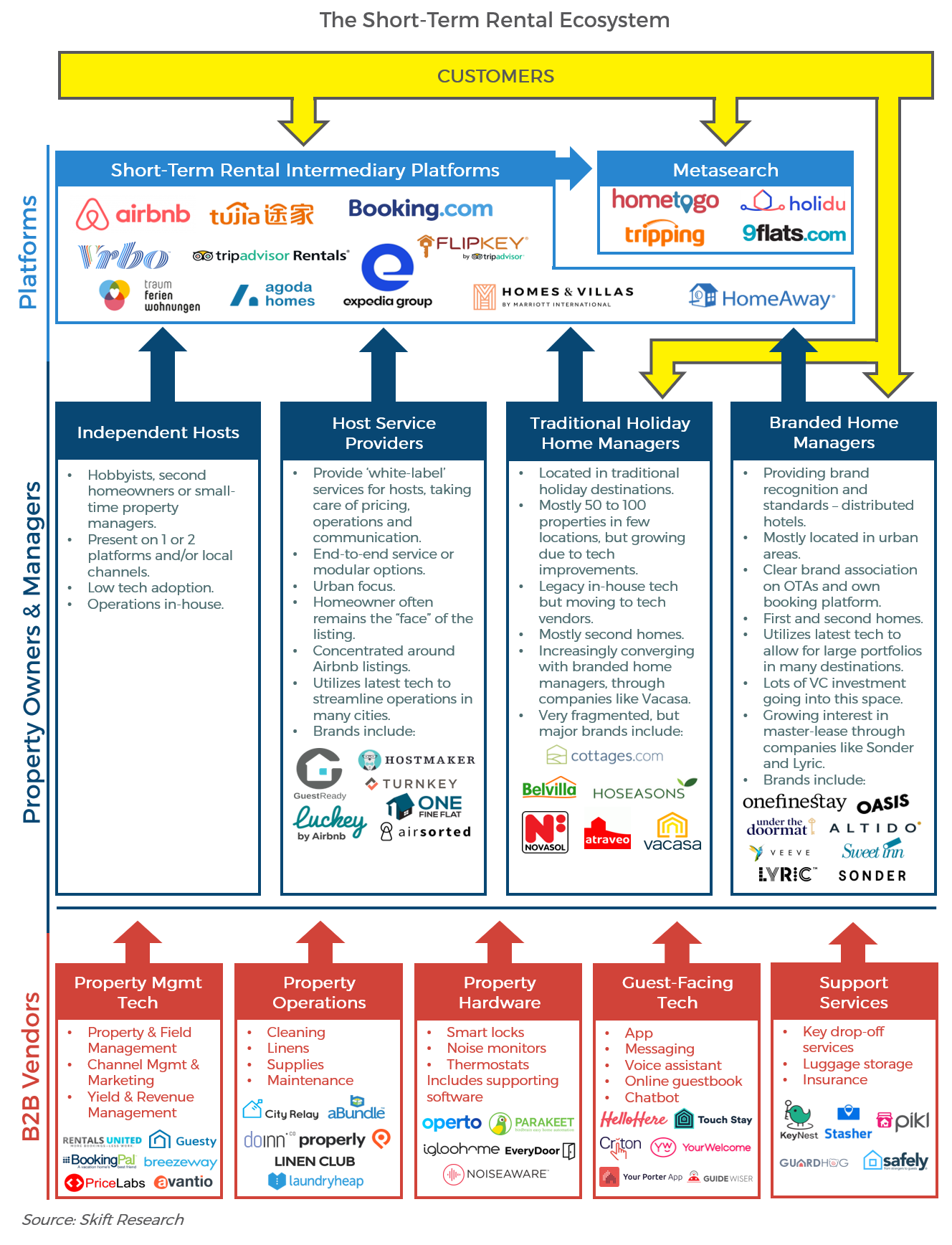
A hometeam property address on campus is hard to beat. Hometeam promises a solid location and a boost of energy, so you can rest assured that they will be around for the long-term. The best part is the vast majority of their tenants are in their mid twenties and early thirties. While you won't find the big dogs likes in your apartment, you can bet your life that you'll be rubbing elbows with like minded individuals. You might even be able play rummy right in the middle of the evening!
FAQ
What training do I need to give a handyman in order to do my job?
No. Handymen have all the skills and knowledge necessary to complete any task. You just need to give them the materials they require to complete the job.
Are there any tips from a handyman about how to improve my home and make it more beautiful?
Absolutely! Handyman training is in all areas of home repairs and maintenance. He or she will know what needs to be done and what won't. You don't have to be shy about asking for advice when you need it.
Can a handyman fix my leaky faucets?
While a handyman might be capable of minor repairs and not needing the proper training, he or she will be able to take on larger projects such as wiring up a house, installing custom cabinets, or rewiring it. Handymen can complete minor home improvement tasks.
A handyman can install new fixtures and appliances.
You can always hire a handyman to help with these kinds of projects. Be sure to identify the appliance or fixture that will be installed before you start.
What is the difference between a handyman and a carpenter?
You can hire a handyman for many projects including plumbing, electrical installation and drywall repair. Carpenters specialize in woodworking. They can build cabinets and walls, doors, windows or stairs.
What is the cost of handyman services compared to general contractors?
Yes! Sometimes, a handyman can be a better alternative to hiring a general contractor to complete the task. This is especially true for those who have never had a contractor do a job. Handymen can also speed up the completion time of projects because they are skilled at completing specific tasks faster and more efficiently.
Statistics
- “Before the pandemic, 40% of people asked how we could estimate a job when we weren't there,” Rose recalled. (inquirer.com)
- According to the U.S. Bureau of Labor Statistics, in May 2020, there are 1,357,630 handymen employed in the U.S.. (angi.com)
- An estimate was that in 2003, the market for home maintenance and repair spending was up 14% 2001 to 2003. (en.wikipedia.org)
- A franchise was approximately $110,000 with a franchise fee of $14,900, according to a spokesperson for a national handyman franchise. (en.wikipedia.org)
- “Once the pandemic hit, that number fell to about 20%.” (inquirer.com)
External Links
How To
How to Replace a Broken Tile
Step 1: Remove the old tiles.
The tiles should be removed from the flooring and placed aside. If you plan to use these tiles later, it is important that you keep them in good condition. Note which pieces are missing or damaged to avoid having to search for replacements.
Step 2: Choose New Tiles
Here are some options for tile repair.
-
You can find a tile replacement that is similar to the one you have just removed.
-
To match a tile, you can use the measurements you took after removing it. This makes it easier to get the right size without having to measure again.
-
Be open to different colors, patterns or textures.
-
Consider what grout you prefer to use. Some people prefer a certain color, others like to mix it up.
-
Make sure the tile you select is resistant to moisture.
-
Also, think about where you want to place your new tile. This will help you save time and money.
-
Once you've decided on your tile, you can order it online or by calling your local Lowe's to place your purchase.
Step 3 - Place the tiles.
You can install new tiles in the same way you did before. Make sure they are aligned correctly so that they fit together perfectly.
Step 4: Clean Up
Clean up any debris on the floor before you apply the last layer of protective material.
This will prevent dirt or dust from collecting between the tiles and causing mold.
Step 5 -- Sand the Floor
After everything has been cleaned, sand it down to remove any remaining particles from the previous steps.
Step 6 – Finish Off
Once the floor is smooth, apply the protective coatings. Wait until the floor is completely smooth before applying the protective coatings to the tiles. Wet paint could stain the tiles' surface.
Remember, you can always use a product called "damp-and-dry" on your floors to help protect against stains.
However, it won't cover every possible problem that may occur after you've installed your new tiles. If you have children, an anti-slip coating may be a good idea.
And finally, remember to leave the protective sealer on for several weeks before moving back into your home.